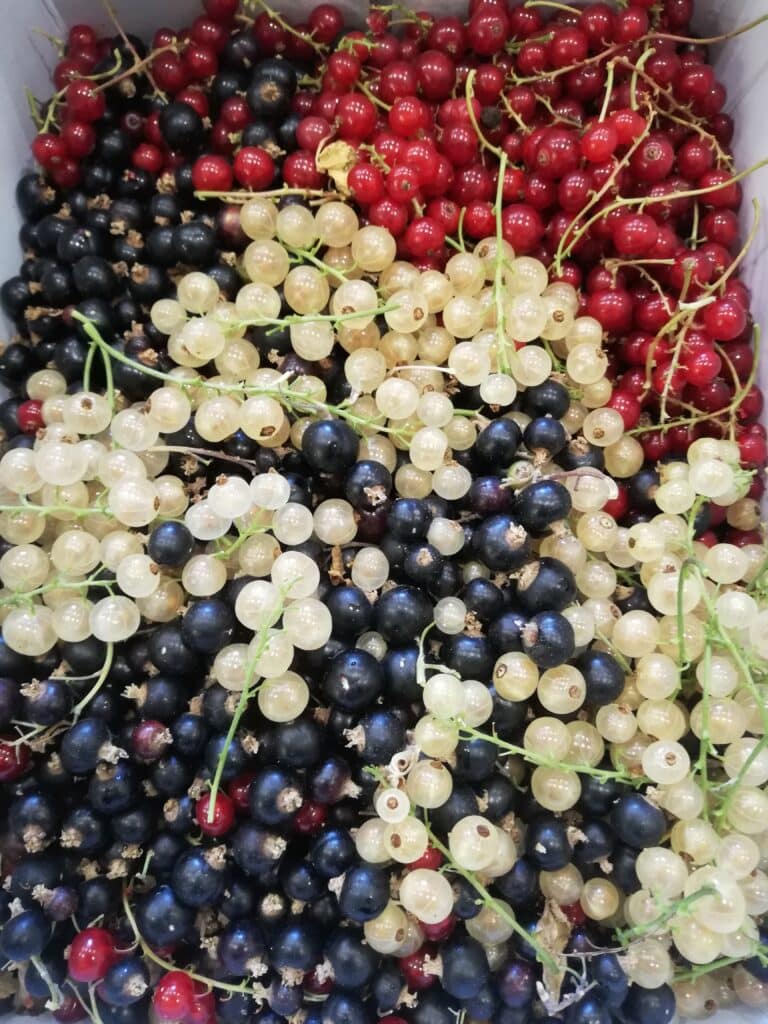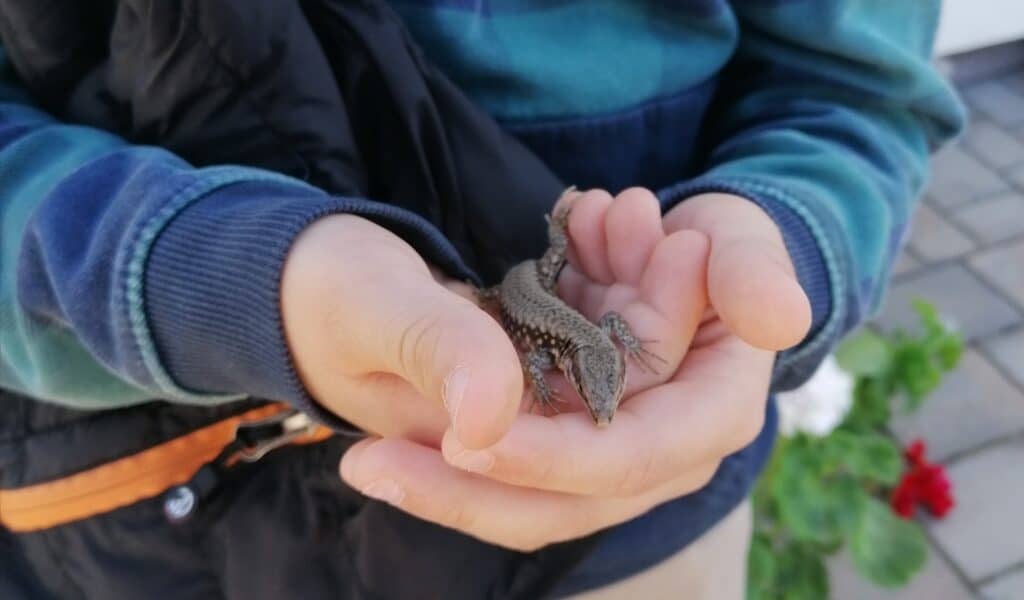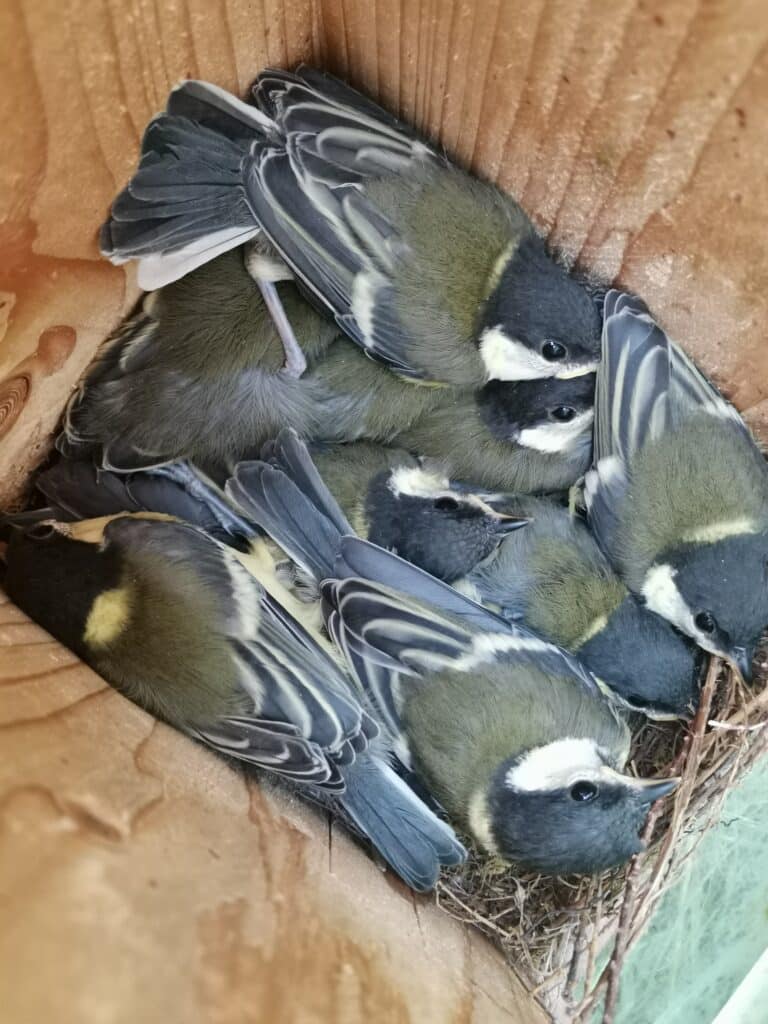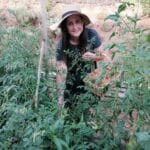This blog is a continuation of ,‘Save Haven for birds’, where I told about my journey to conserve birds through BIRD- NBS. In this blog I would like to give details about our farms, the flora and fauna in it, hoping that it will inspire someone out there to start their own ecological farms.

An ecological farm
Our farm has almost every native plant that can be grown in this country. We cultivate herbs and spices, as well as forest berries such as: cornel, blackthorn, rose hips, and blackberries. Our fruit trees are of diverse varieties. In addition to the most popular cherries and apricots, we also have traditional, forgotten fruits such as white mulberry, wild pears, and wild apples. Then there are walnuts, hazelnuts and almonds, elderberries, silver cherries – a whole group of edible fruits. What is different here than on traditional farms: among our plants there are species that cannot be eaten by humans, but birds love them. Such is the case with fire thorn, holly or bird quince. In winter, these berries provide birds with food, and shelter among their branches. Sprawling junipers and honeysuckle are popular hiding places for lizards and snakes, and plants such as Oenothera biennis or Phlox paniculata serve night butterflies.

Variety of berries grown in the farm.
Naturally plants have pests. We take care of our plants by planting protective plants. We use Tagetes, Calendula and Borago officinalis against snails, harmful worms and chives. For example Allium schoenoprasum is used against grey mold. In total, dozens of associations of 47 protective and supportive species can be found in the farm area – most of which are also pollinator-friendly plants. We don’t mow the lawn if we don’t have to. Little disturbed lawns and un-mowed patches are home to many living creatures that cannot survive intense mowing.

Other small animals also thrive in ecological farms
The birds in our garden have very diverse nesting habits. It is very important to ensure there is variety of trees and shrubs during designing the farm vegetation. The Serinus serinus likes thuja trees, the Linaria cannabina likes pines, we may not even notice the Coccothraustes coccothraustes who builds its nest at a height of up to ten meters. Our tree-nesting birds need trees and thicker trunks to survive, so a rich tree population is essential for a den colony. The Picus viridis, Sitta europaea and Tits all nest in trees, and we have to think about them as well.

Tits comfortable in their nest
Hawthorn, pine, holly and rosehip are seldom seen as hedge-forming species in modern gardens. In addition to the fact that they can be used for food purposes in many forms (pine shoot and seed, hawthorn fruit and flower, rosehip fruit, etc.), they are favourite nesting places of thrushes and earwigs – especially if we leave the fallen leaves under it. The Lanius collurio also spends most of its time on the wild rose, in its absence it visits the blackthorn.
Our most common free-nesting birds are thrushes, warblers, nightingales, linnets, goldfinches, greenfinches and ortolans . The Field Lark chooses the ground as its nesting place. Birds use the most diverse materials to make their nests. The lark makes it nest on the lawn richly overgrown with clover, in the crevices or furrows, the Song Thrush uses bark, grass blades, moss and saliva, while Finches like fallen animal hair.
Our birds are served by a large self-feeder, a hutch feeder, a tent-top feeder, a feeding station, two tube feeders, a triple tube feeder, three zinc tit-ball feeders, a triple butter feeder and a custom-built tripod feeder. Over the years, the amount of bird food fed has increased continuously. While we fed 27 kg in 2018, we bought 100 kg of feed for this season – this is three and a half times more than the initial amount in five years.

Making of bird nests.
A comprehensive research on the results of our work has just been completed. The specific numbers will soon be shared as a publication. I encourage everyone to follow our page or even my personal Facebook profile, where I share many exciting and interesting moments from the farm. Even our website will be ready soon with more information on ecological farms.
I ask you to protect nature, because it is one of our greatest treasures!


